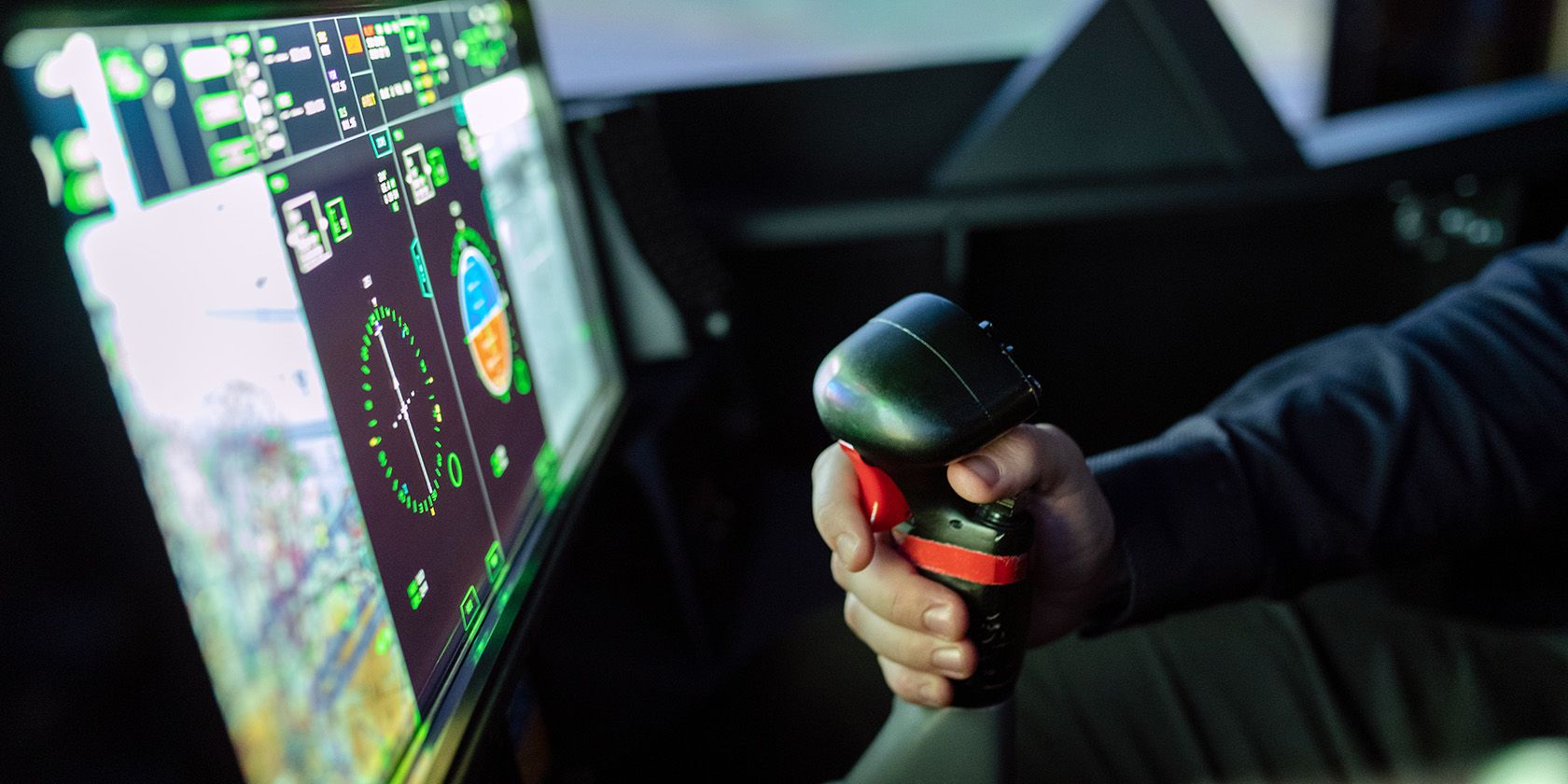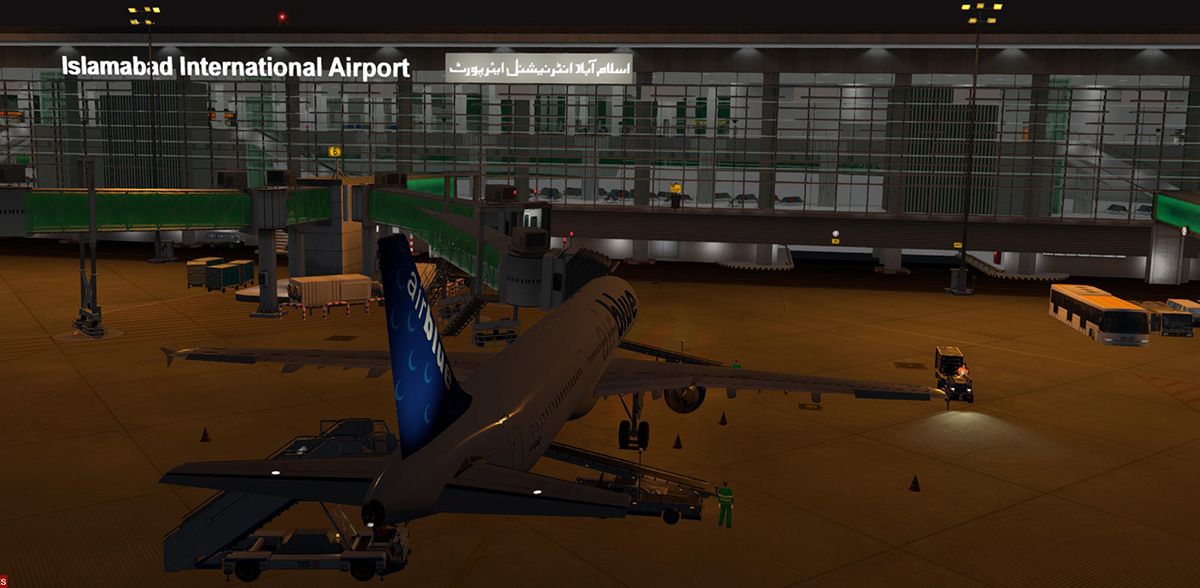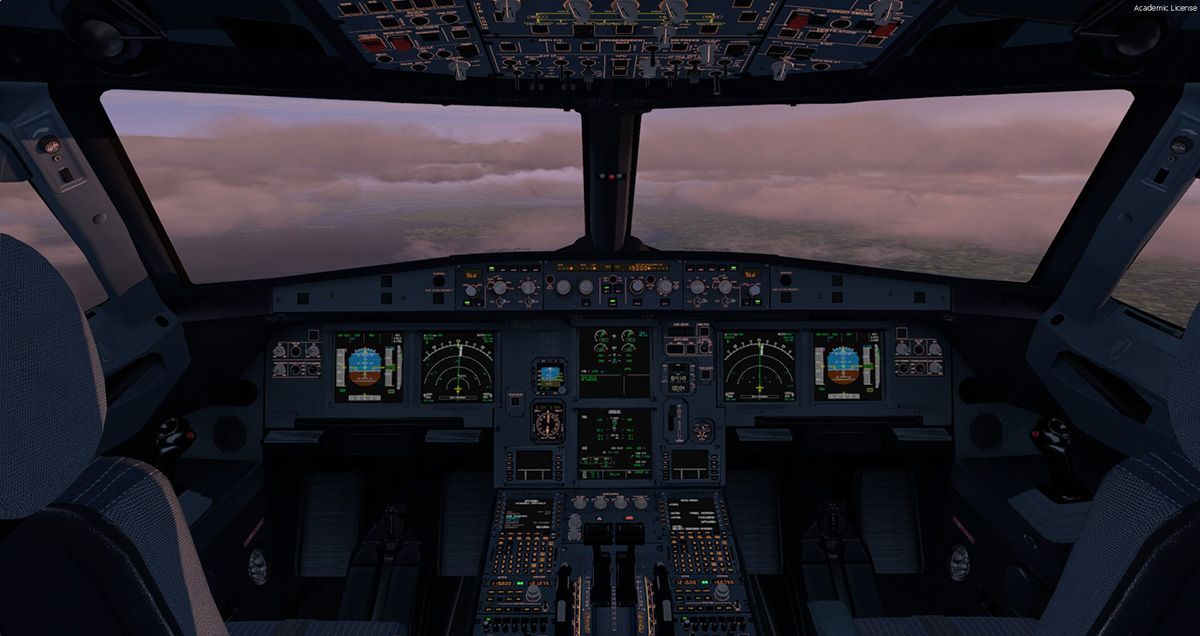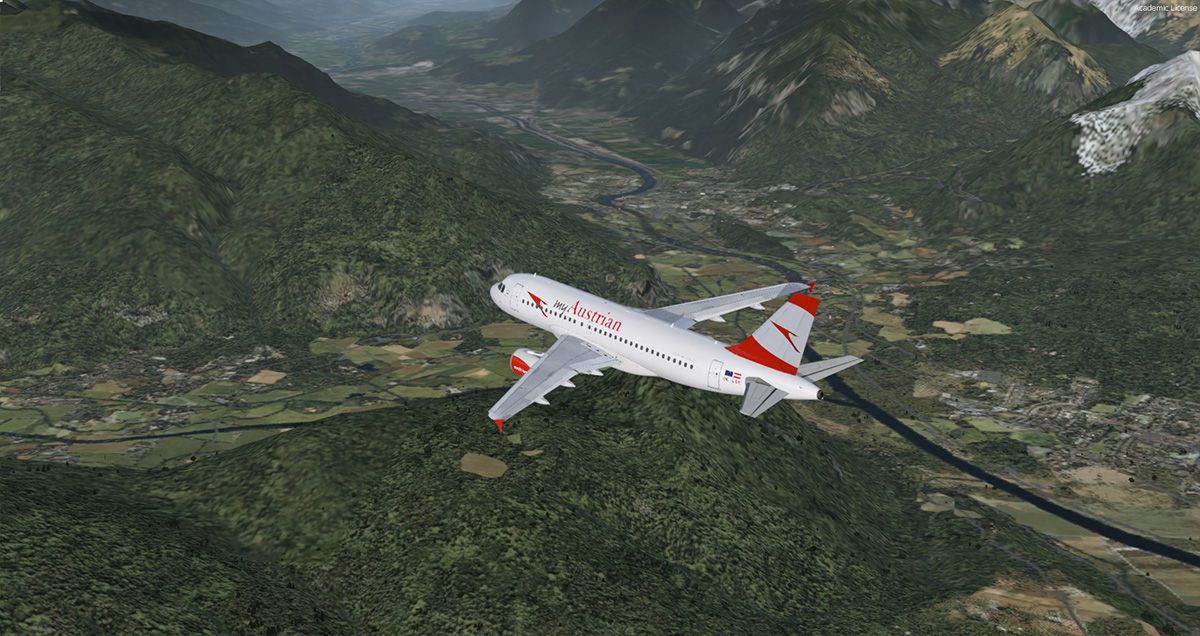Flying has been a dream for many since childhood. While many people plan to become pilots and fly in the skies, countless have had to forgo this dream due to either the high cost associated with training, medical issues, and so on.
Fortunately, there are many realistic flight simulators available for PC that can allow you to experience the joy of flying from the comfort of your home. We've covered how to set up a flight simulator at home in this guide, so check it out!
What Is a Flight Simulator?
A flight simulator is an application that simulates the physics and dynamics of flying, allowing users to experience flying an aircraft on their PC. It's obviously nowhere near to the real thing, but today's simulators have become so realistic that even real-world pilots use them to brush up on their skills.
Many developers create flight sims, and these simulators can see realism improving via the use of add-ons, either first or third party. These include add-ons for different airports, aircraft, environmental / weather effects, and more.
What Do You Need to Run a Flight Sim on PC?
Many factors go into installing and using a flight simulator for your personal use. You'll primarily need a high-end PC to run your simulator on. This is because simulators can be very demanding on a system, similar to high-end games. Whilst the basic version of a simulator may work on a system, additional airport scenery, weather, and aircraft add-ons can reduce performance if the system specifications aren't high enough.
Every manufacturer has published a list of minimum and recommended specifications for running their simulator. This can be found on the simulator's website (more on that below). Thus, if you're looking to have a realistic experience with your flight simulator, we'll recommend you invest once in a high-end PC.
A general rule to keep in mind is that simulators are more CPU and GPU dependent, thus you shouldn't compromise in these areas. You can also try a simulator on your current PC and see how it works, before investing in a new PC simply to play flight sim games.
Choose a Simulator
As mentioned before, you'll need to choose and purchase a simulator to run on your system. There are currently four main simulators available to choose from:
- Microsoft Flight Simulator 2020 (MSFS) by Microsoft and Asobo Studio (Windows)
- Prepar3D v5 (P3D) by Lockheed Martin (Windows)
- X-Plane 11 by Laminar Research (Windows, macOS and Linux)
- Digital Combat Simulator World (DCS) (Windows)
The first three simulators start at $59.99, and go up depending on which version / license you choose to purchase. DCS World, on the other hand, is currently free.
Each simulator has its pros and cons. MSFS 2020 is a relatively new sim and has some amazing graphics, but is limited in available add-ons for the simulator. However, this is changing, with many manufacturers releasing more add-ons for the sim each month. Similarly, X-Plane has a small but loyal fan base, with many fans appreciative of its flight physics.
The most famous simulator out of the four is probably Prepar3D, since it's built on the same base functionality as the once-famous Microsoft Flight Simulator X (FSX). The add-on and scenery library available for Prepar3D is also extensive. DCS World is mostly used by enthusiasts interested in fighter aircraft flying.
You can not go wrong with any of these simulators. The one you choose is ultimately up to you.
Invest in a Joystick
Modern aircraft are flown with either side-sticks or yokes (resembles a steering wheel) in real-life. You can use anything to control the aircraft in the simulator, including your keyboard and mouse. You can also use gaming controllers to control the simulator (for example, the Xbox 360 / Xbox One controller).
However, this can be a tad bit unrealistic, and quite tricky (especially during aircraft landing phases). That's why we recommend investing in a quality joystick or yoke that'll make the job much easier and more realistic.
There's a variety of different options available, such as the Logitech G Extreme 3D Pro Joystick, Thrustmaster T Flight Hotas X, and more. Make sure you read the online reviews for whichever joystick/yoke you decide to go for.
If you're looking to take your simulator realism a step further, you can purchase a throttle quadrant, which is used to control the aircraft's engine power, flaps, speed brakes, and so on. You can also invest in rudder pedals, which are used to control and steer the aircraft on the ground. However, remember these are all extra luxuries—you can remap all these functions to different buttons on your keyboard if you don't want to invest so much at this point.
Install Flight Simulator Add-Ons
Once you have installed a flight simulator and got your entire setup done, it's time to invest in add-ons. Although the default sim is sufficient in itself to fly an aircraft, add-ons are what make the experience realistic and worthwhile. These range from airport and terrain scenes to realistic aircraft add-ons, to weather engines, and more.
For example, FSLabs offers a very realistic add-on for the Airbus A320, which is one of the most famous commercial airliners in the world. Similarly, PMDG Simulations offers a variety of study-level Boeing aircraft add-ons that you can purchase and fly in the simulator. These include the Boeing 737, 747, 777, and more.
On the other hand, if you're more into general aviation flying, you can choose to purchase add-ons from A2A Simulations or Carenado, which have some very detailed aircraft available. Most of the add-ons are available for Prepar3D, but some are also available for X-Plane and MSFS 2020.
If you're looking for beautiful scenery, take a look at ORBX Simulations' offerings—they have some very realistic-looking add-ons for different parts of the world. A word of advice though; these can be very intensive on your system, so make sure you have a high-end system to run it.
ActiveSky comes ahead in weather engines, offering realistic weather phenomena in the simulator no matter where you're flying. You can choose to customize this to depict the real-world weather outside, or any custom conditions you want to set and fly in the sim. You can browse all of these and many more add-ons on Simmarket.
Flight Simulators Require Patience!
You may have realized that setting up a flight simulator can be a tricky task—one that requires quite a lot of patience. This is because each small setting can have a major effect on your sim, which is why it needs to be tried and tested before anything can ever be perfect.
But if you're motivated and really want to fly, it will be worth it in the end. And who knows—maybe the simulator can be your stepping stone into the real world of flying.




